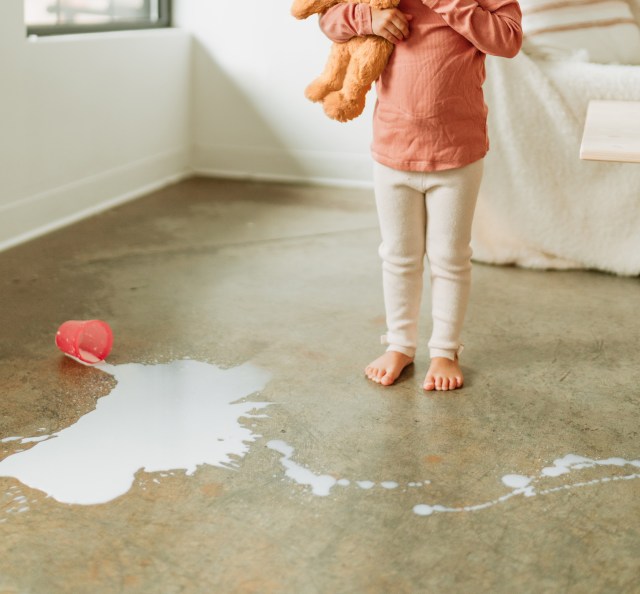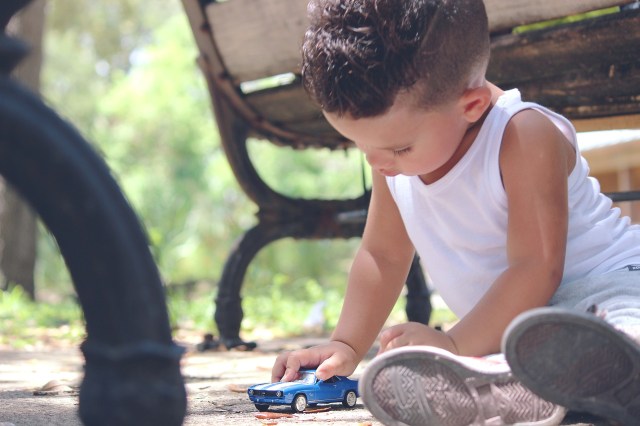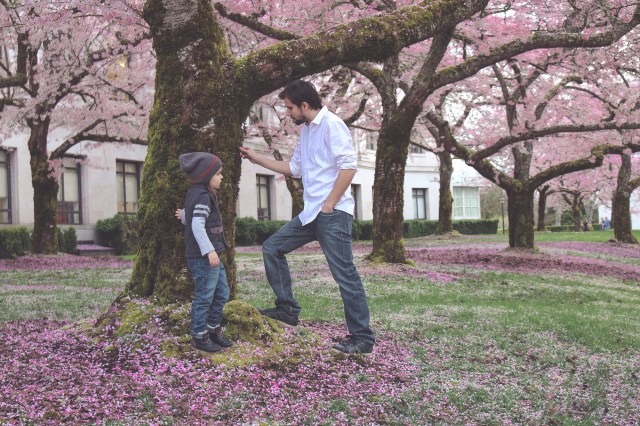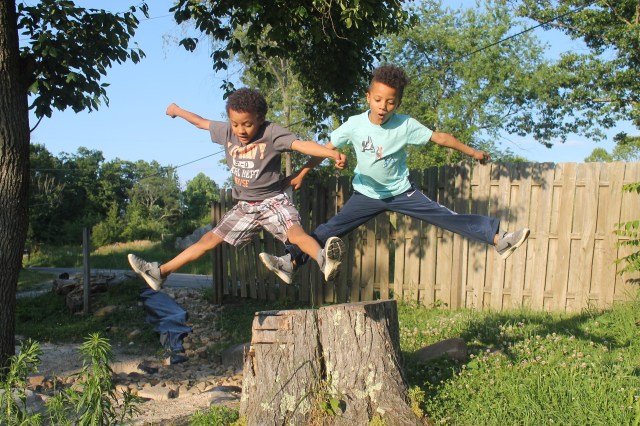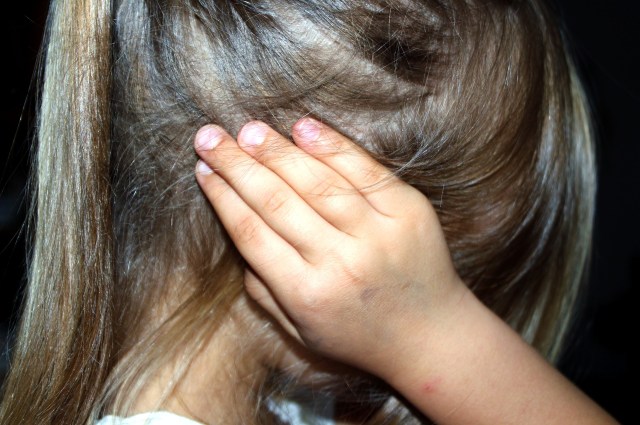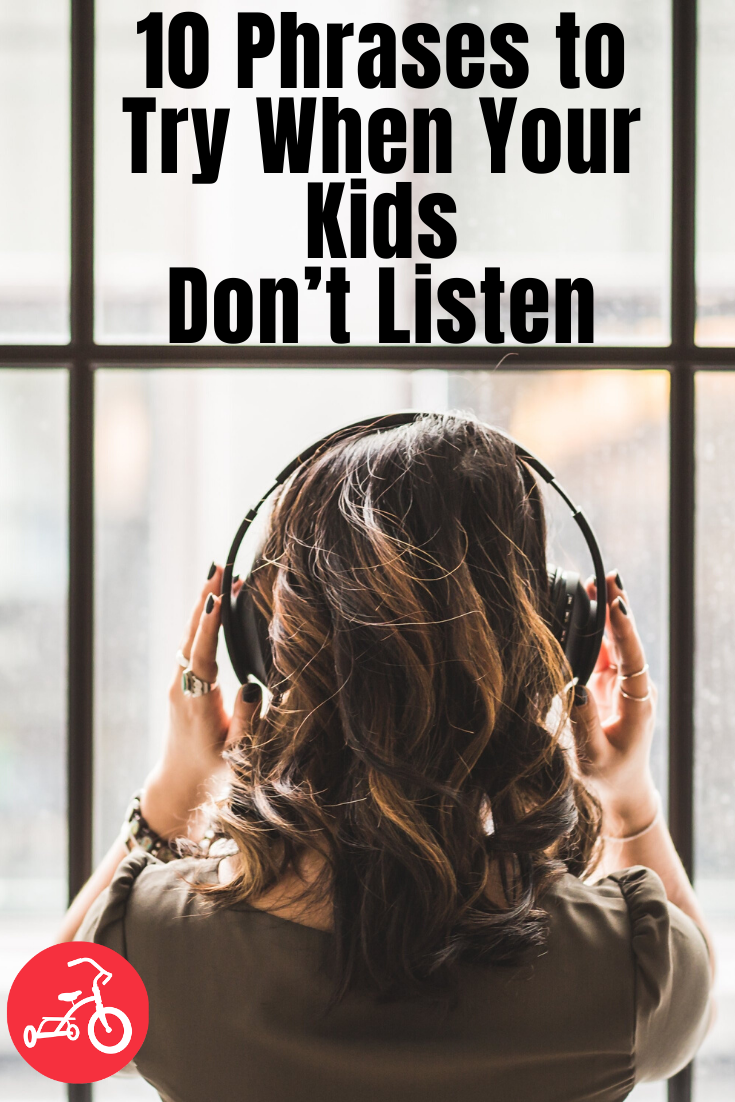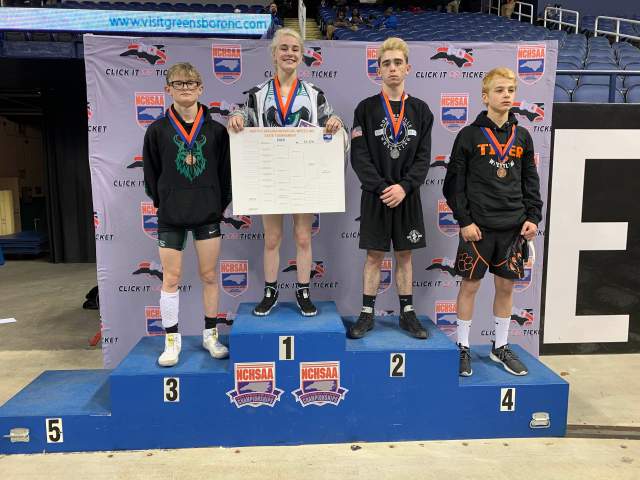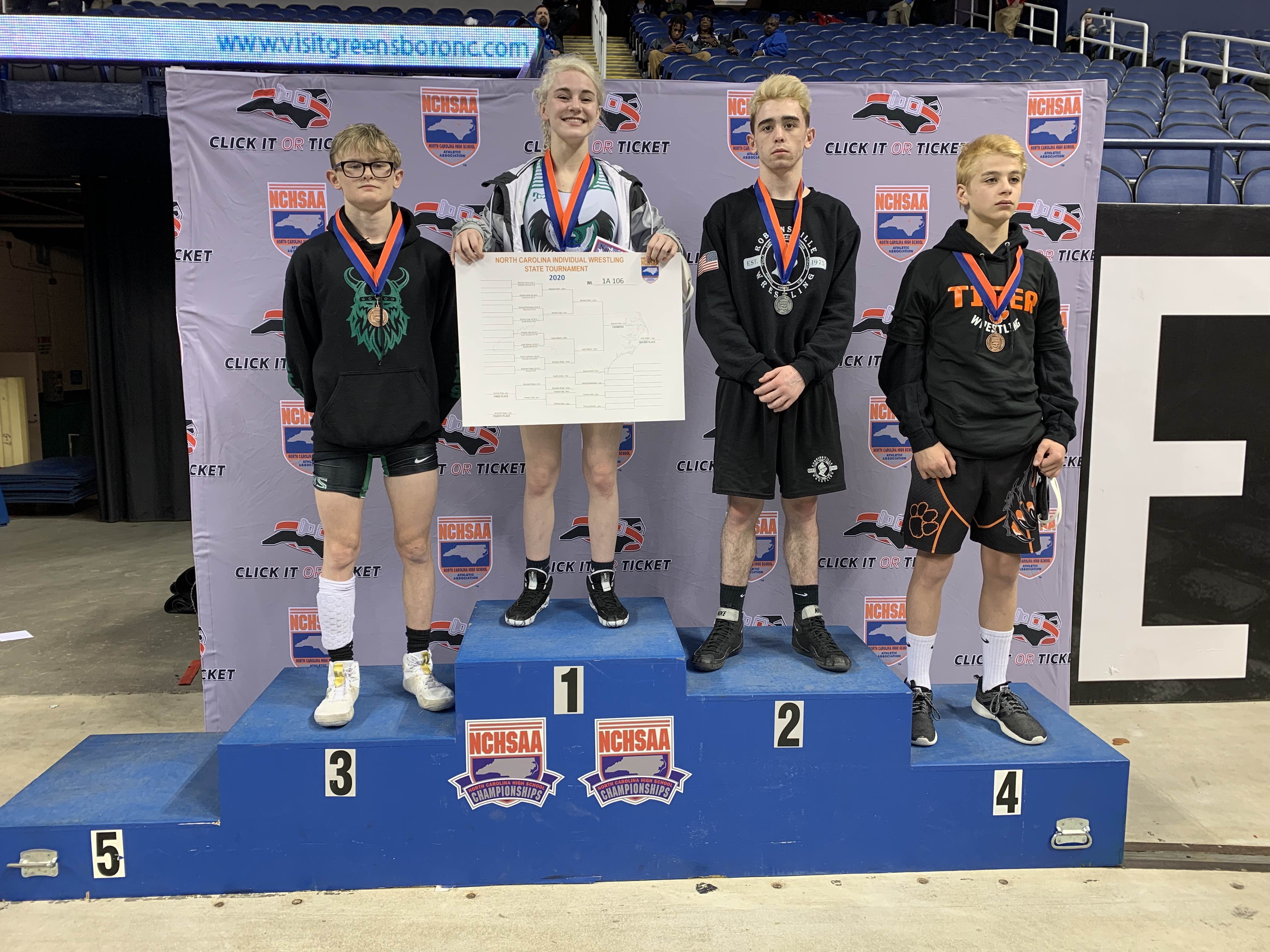Photo: Photo by Juliane Liebermann on Unsplash
Last year I wrote an article, Start with Who, that challenged the concepts presented in the best selling book of author, thinker, and famous Ted Talker, Simon Sinek. I wish I could say that the world took notice, Sinek reached out to me to concede that his mounds of research were incorrect, and that I’ve since gone on to become a famous author, thinker, and Ted Talker. Sadly, that was not the outcome. I have published a book. But nobody is paying me to think, or talk on stage. Yet.
But that’s okay.
I won’t rehash the entire argument, you can check out the article if you are interested in some more depth. Essentially, Sinek argues that a powerful why is the fuel that drives us, personally and professionally. John Gordon, another famous author, leader, and speaker, says,
“We don’t get burned out because of what you do, we get burned out because we forget why we do it.”
My argument was not and is not that why is bad, unimportant, or undeserving of our consideration. The focus, rather, is our who is a more powerful and important indicator of our success, ability to lead, and personal and professional happiness. Our who should be the foundational consideration for us to build upon, rather than our why.
There has been a lot of discussion about how “kids these days” need to know why more than previous generations. Coaches, teachers, and employers, some in frustration and some with a statement of fact, have noted the difference in today’s players, students, and employees, and those of past generations. Some sort of explanation of why is expected and in extreme cases, demanded. They want to know why. To be fair, I want to know why too, so I don’t know if this is really a generational issue or an “older people trying to place labels on younger people because they are different” issue. It doesn’t really matter I suppose. Many people want to know why.
Children, especially, want to know why. You can get yourself in a predicament quickly in trying to explain why to children. Recently, my wife fell down the slippery slope of why, which led to her telling our children that babies come out when the doctors cut open the mother’s stomach and then just take them out. Then they wanted to know why they did that, and asked if it left a scar, and asked her to show them her scar. I don’t really know if that visual is much better than a gentle explanation of the truth, but that’s where we are right now as a family, and it feels like it might be too late to right the ship.
Why is relevant, and important, for sure, particularly when it comes to our conversations with our children. But let’s examine how why and who can work together to help us build strong, independent, and caring children.
Great Explanations
Martin Hoffman, a developmental psychologist, found that “from ages two to ten, children are urged by their parents to change their behavior once every six to nine minutes. This translates roughly into 50 discipline encounters a day or over 15,000 a year.”
In his book, Originals, Adam Grant referenced a study conducted by Pearl Oliner that examined a group of non-Jews during the Holocaust. The study compared two groups of non-Jews from the same area. One group risked their lives to help their Jewish neighbors and one group did not. There were many commonalities between the two groups, including geographic location, personal beliefs and values, and education. The primary difference, as found by the research, was how they were disciplined by their parents growing up.
The group that elected to help had, as children, received their discipline from their parents, for both bad and good behavior, with an explanation attached. As quoted from Grant’s book:
“It is in their reliance on reasoning, explanations, suggestions of ways to remedy the harm done, persuasion, and advice that the parents of rescuers differed most…Reasoning communicates a message of respect…It implies that had children but known better, or understood more, they would not have acted in an inappropriate way. It is a mark of esteem for the listener; an indication of faith in his or her ability to comprehend, develop, and improve.”
Man, this struck a chord with me when I read it because this is what I want to communicate with my children. Admittedly, I am often tired, frustrated, or lazy to the point of offering something that amounts to because I said so or offering no explanation other than to just stop. Other studies have found that children who are raised with fewer rules, and instead, receive discipline and instruction centered around lessons based on values and morals, grow to be more creative than those who are raised in homes with strict and/or specific rules. Regardless of how you feel about order or rules, there is one thing that is evident:
One of the best things we can do with our children is to offer quality explanations, that help them to understand why they are in trouble, why they can’t, why they must stop, or why you are proud of their actions or decisions.
One of the most significant long-term benefits of this for our children (and for us as parents), is that it helps our children develop a moral compass of their own. Children have the opportunity to take ownership over their own values, and then create their own compass (with parental guidance), they are able to make challenging decisions based on what guides them internally, rather than all of the external noise generated by the weight of outside expectations.
It’s not the rules that are important, it’s the why.
Great Expectations
I think it is a fair assumption if you are reading this, and you have children, you want them to grow into something special. Great expectations are probably not entirely accurate, regarding how I feel about my children, though it may be for you. I think “great hope” would probably best describe how I think about the future of my kids. I have great hope that they will grow into something special, learn to lead and love well, and make a great impact on the world around them. This is where who comes in. This, I believe, is the most important thing we can give to and do for our children, to help them create an honest and powerful understanding of who they are and what they are capable of.
The researchers from the Holocaust study found that not only did the parents of the responders offer an explanation surrounding their correction and discipline, but they also tied it into how it affected others. These children were encouraged to think about the impact that their decisions and actions had on those around them. Because of the two, the children were guided down a path of both understanding the consequences of their own actions and empathy in knowing how those actions might also impact others. Eventually, we can build up to a scenario that allows our children to see their decisions through a lens of great perspective, that combines both the why and the who lessons they have learned, and allows them to ask the powerful question,
What should a person like me do in a situation like this?
I think this is brilliant in both form and function. The question is not, “What should I do?” This can be difficult to answer, and there may very well be no right answer. But, “What should a person like me (someone who has developed their moral compass, who has been taught that actions have consequences, and who understands that our behavior can and does impact those around us) do in a situation like this?” takes away much of that stress. It essentially allows our children, when they are mature enough to do so, to say, “I know that I am (smart, caring, considerate, respectful, kind, intelligent, courageous, loving, patient,…), so what would someone like that, like me, do in a situation like this?”
This is my great hope, that my children will develop into the type of people who are willing and able to ask this question and answer it with courage and conviction. And then, use their answers and the values behind them to take action.
But how do we get there?
I wish I could give you a step by step plan. You know,
How to Change Your Child in 3 Easy Steps…or…How to 10X Your Parenting
But I think those are a sham, and I don’t do sham. I may get some things wrong, but I don’t mess around with sham.
Here’s something to consider.
1. Make an effort to explain the why to your children from a young age.
Try to get away from the tired, frustrated, or lazy responses that often plague us as parents. Take a few extra moments to attach a why to your “Stop”, “Quiet”, or “No”.
“John, you can’t run out in the road without looking. There are many cars that go up and down this street, and it is difficult for them to see you because you are so small. I don’t want you to get hurt, so you need to stay out of the road.”
The next time you have an opportunity to correct, or discipline, see if you can attach an explanation, where appropriate.
2. Work on building in an understanding of how your child’s actions might affect those around them. Bit by bit, our children need to learn that their life is not a movie in which they are the main character and everyone around them is part of the supporting cast.
“When you run up and down the stairs with your friends during your brother’s nap time, you might wake him up. He needs to get his full nap so he gets plenty of rest and is in a good mood when he wakes up. When you are loud, it makes it hard for him to get the rest that he needs.”
3. Allow them to begin to develop a set of values and a moral compass that they can claim as their own, as they grow and mature. More rules may feel safer for you, but once they are outside of our direct care, we need our children to be able to make decisions on their own, outside of strict adherence to a set of rules. At some point, the rules will be gone, and they will need to make decisions based on who they are, what they believe, and what they want their life to become. Give them some space to continue to figure that out, while they continue to develop both knowledge and empathy.
4) Speak truth and hope into the lives of your children. I really love this one, and I don’t know that this should really be number four, as much as it should permeate all of our conversations with our kids. This helps lead our children into understanding who they are, and also, in helping them have some type of framework for the question, “What should a person like me do in a situation like this?”
In another study, conducted by psychologist Joan Grusec, behavior praise was compared with character praise. So some children were told things like, “It was nice of you to share your chips with your friend” while other children received the praise that highlighted their character, or WHO they were (or who they were becoming). “You must be the kind of person who cares about the needs of others. I can see that you are a very kind and giving person.”
The children who received character praise began to live into that specific praise. Of the children who were praised for being helpful 45 percent were more helpful two weeks later. Just 10 percent of the children who were praised for their helpful behavior, were shown to be helpful two weeks later.
So rather than treating our praise as if it was one, isolated act, “That was a kind thing to do”, we can focus on speaking to our children as if they were a kind child. Maybe they aren’t, just yet, all the way there. But in that moment, they were. And we have great hope that they will be in the future.
Truth. And hope.
We need to begin to have great explanations. Certainly, our children can’t always get a why, in every situation, but I think we can do a better job of giving them a few more, to help them understand things, and to begin to develop their own sense of reasoning in this world, both for themselves and for the people around them. One day our children will be off on their own, making their own decisions, based on their own moral compass, carrying their own great expectations into the wide, wide, world.
And we’ll be glad we took the time to offer these great explanations.
I’m pulling for you.
